Image

These are seen in larger numbers in the wintertime in areas, which are free from ice. They are a freshwater duck but are seen frequently in harbours. They have a long sharp beak for feeding on small schooling freshwater or marine fish and invertebrates. They are a close relative and strongly resemble the Goosander. The only way to identify them correctly is by looking at the males. Male goosanders have a white breast and belly whereas the mergansers have reddish marbled belly.
| Average Length: | 55 cm |
| Average Weight: | 1.1 kg |
| Wingspan: | 78 cm |
| Diet: | Small fish, crustaceans, invertebrates |
| Est. population around Iceland: | No Data |
| Residence Period: | All year round |
| Nesting habitat: | Nests in open areas in between rocks or vegetation usually close to water |
| Nesting Period: | Early June to Late July |
| Clutch size (No eggs): | 8-10 |
| Incubation time (days): | 31-32 |
| Fledging time: | 60-65 |
| Typical life span (years): | No Data |
| Age at first breeding (years): | No Data |
| IUCN world Status: | Least concern |
| Major Threats: | Shot by fishermen and fish farms, dam construction, habitat disturbance and destruction, hunted in Denmark and N. America and avian influenza |
| Other Names: | Toppönd, Toppet skallesluger, Tukkakoskelo, Mittelsäger, Smergo minore, Szlachar, Serreta mediana, Middelste zaagbek, Harle huppé, Örvös bukó, Siland, Merganso-de-poupa, Småskrake |




